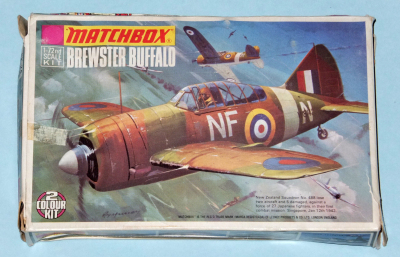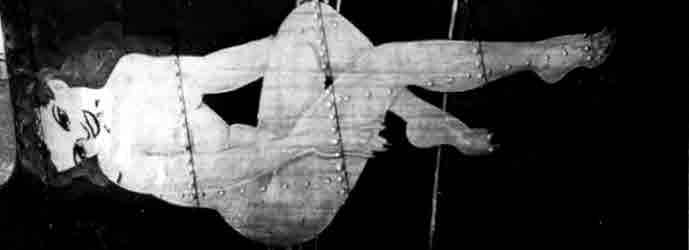Quoted Text
The only reason the Buffalo was a 'flop' was the US Navy's insistence on trying to fly it like the old biplane fighters they had previously used. When flown to its strengths (as the Finns did), it was the equal to its contemporaries and superior to many.
Much too late, the US Navy tried comparing it to the Wildcat (which also suffered from similar misuse early in its career, thus birthing the legend of the invincible Zero). When the Navy pilots used the Buffalo in the same way they used the Wildcat (Zoom climbs, dives and other energy manoeuvres rather than turning) they found it to perform just as well.
I am an admirer of the Buffalo, but to your discussion I would add that crappy, overhauled, former airline R-1820 engines installed in many B-339 versions (especially in Dutch aircraft) contributed to its poor reputation. These second-rate engines (all that were available) definitely degraded performance.
The aircraft also had an undercarriage that could not withstand the rigors of carrier landings, and its reputation suffered because of this.
Finally, the F2A-3's flight characteristics suffered even more with the addition of an extra foot of fuselage added forward to increase fuel load. This did not endear it to pilots. But that is properly the Navy's fault, not Brewster's.
The Finns had the best version, and they made good use of it. As a modeling subject. the Buff is one of my all-time favorite subjects.
























